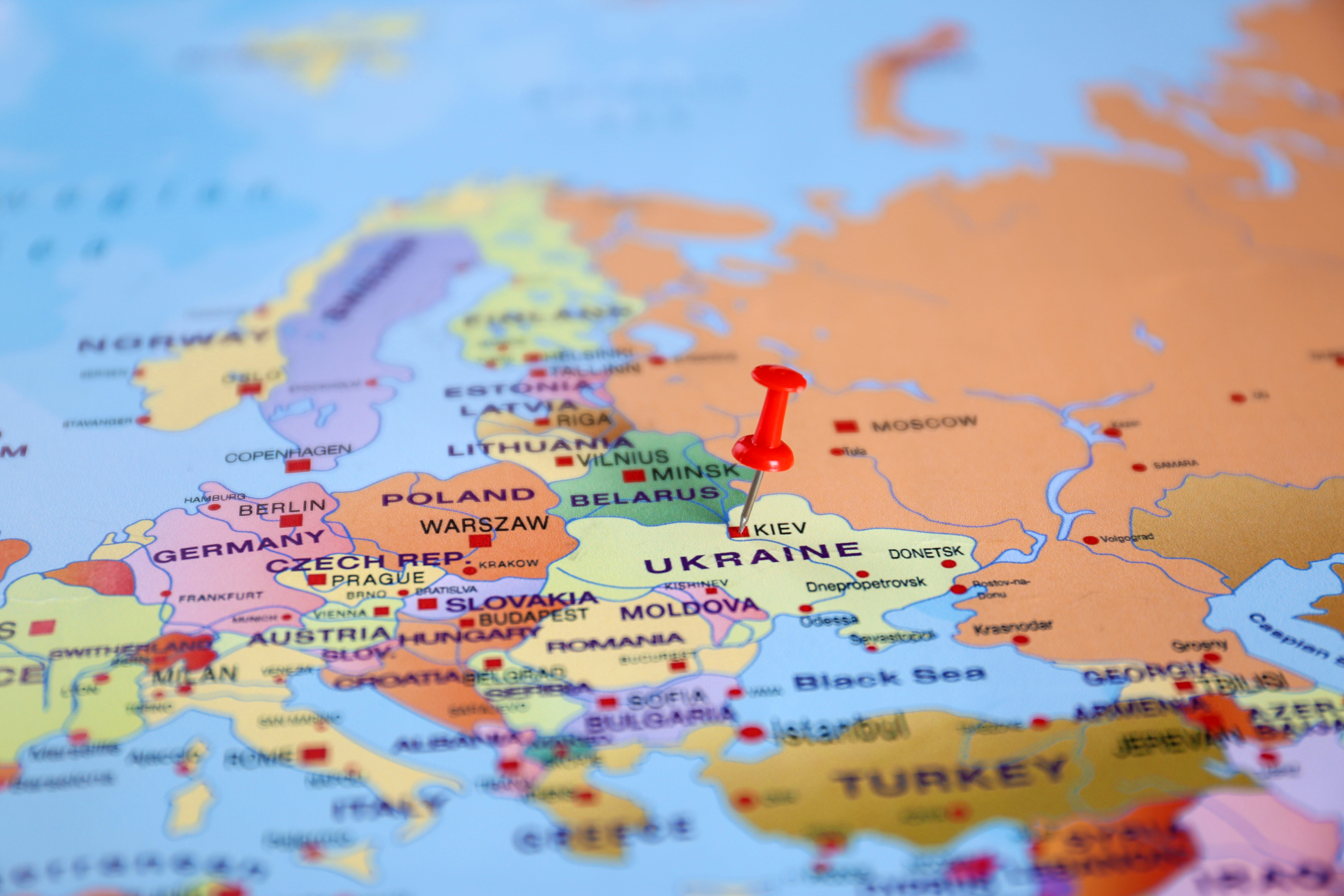By Robbin Laird
Sarah White published a thoughtful piece on Real Clear Defense on 10 January 2024. Currently, I am in Europe where the NATO-Russian campaign in Ukraine is ongoing. She made a core strategic point that the overall effects from the war have a direct impact on the European states bordering Russia — Poland, Finland, Estonia, Latvia, Lithuania, and Romania – and thereby on U.S. and its NATO strategy.
This is an amazingly missing part of the public discussion of the Ukrainian situation in the United States, but deserves full consideration as she suggests in her article. But my take on this problem is a bit different from hers but in no way takes away from the poignancy of her article and its warning.
In many ways, Putin has already lost his gambit in Ukraine. But he plays for the long game – even though his strategy of invading Ukraine was a major strategic failure which has changed the direction of his strategy. He no longer can play a European strategy against the United States. He has exposed himself for what he is – a Russian nationalist seeking to reverse the collapse of Russian power associated with the end of the Soviet Union. He now is a captive of his relationships with the various muti-power authoritarian powers with whom he works.
I refer to the current conflict as a campaign for it is part of ongoing conflict for the future of Europe and of the West. Even if one would be able to have a cease-fire and Russia gained two provinces, the question of Ukraine’s future in Europe and the West would remain, and we would collectively need to address the problem of how to aid Ukraine in its defense and its ability to deter Russia from future incursions onto their territory.
This is where it gets to the question of the border states with Russia. After watching what the Russians have done to the Ukrainians, no border state wants to trade territory for time as part of a wider NATO strategy. That means their interest is in their ability to attack Russia in case of a Russian incursion.
Throughout the 1980s, the United States was very concerned with not arming states on the Soviet Union’s borders with weapons which could directly attack the Soviet Union in depth. And we pursed the CFE agreements to work the Soviets on reducing the nature of the forces in Western Russia and in the Eastern part of Western Europe to precisely reduce the risk of war.
Putin’s misguided invasion of Ukraine is solely responsible for this effort need to be dealt with again, and for putting that need on the agenda for the new period of history. He is hardly the new Peter the Great.
But we are now in a new phase were arms build ups on both sides – Russia and NATO – are inevitable, but the question posed for the United States is rather direct: what is OUR strategy with regard to allies and to what forces we want to keep in Europe?
This is not the Cold War, and we do not need to keep vast U.S. forces in Europe but we clearly are intertwined with what our allies do and are prepared to do. The mere fact of having a significant F-35 force throughout Europe with the possibilities of integrating it is an example of new opportunities and new challenges.
So where is the strategy?
Credit Graphic: Photo 151366060 | Ukraine Map © Chernetskaya | Dreamstime.com


